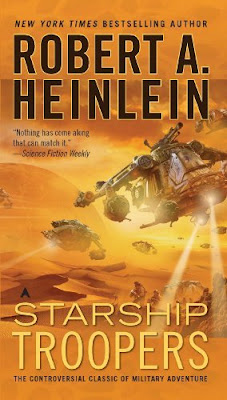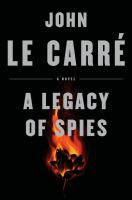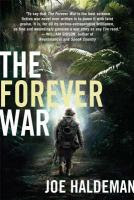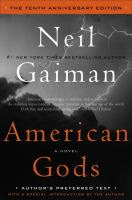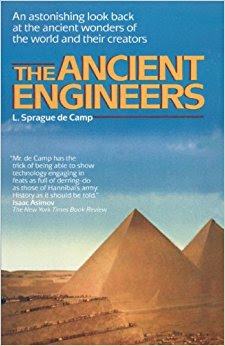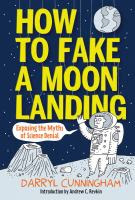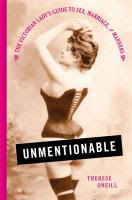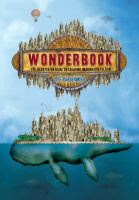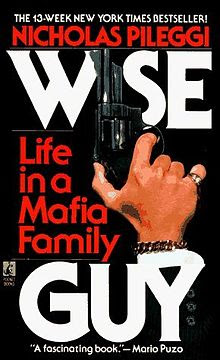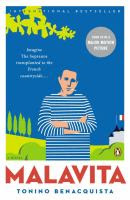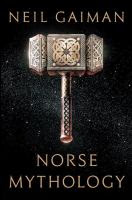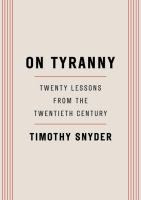Publisher:New York : Ace Books, 1987.
Copyright Date:©1959
ISBN:9780441014101
Characteristics:208 pages ;,18 cm
"Starship Troopers" is a book that I first read many decades ago. I loved it then, and I still think it is one of the best Science Fiction based war books around. Having just finished "The Forever War" by Joe Haldeman, I was drawn to read it again, and found the story to be good as ever.
The book was first published in the early 1960s, and while there has been tonnes of controversy surrounding it, it still remains a classic. The controversy primarily surrounds it's political views, which take on Marxism head on, and in my opinion wins. The story itself is set in the far distant future, where the only people with a vote in society (or hold political office, law enforcement positions, etc.) are those who have completed military service. Military service however is not compulsory, and is totally voluntary but if you don't serve you aren't a full citizen. Because of this the world is essentially politically stable, relatively crime free, and quite technologically advanced. Due to the political outlook, however some have labelled this is a fascist state, which I believe is a very simplistic way to look at things.
It is interesting to note that when this book was written (in 1959), Mr. Heinlein accurately predicted the state our society is currently in when he describes such things as street gangs, people being afraid to walk the streets at night, child crime, etc. I'm not sure how he predicted this so accurately, but he did.
The protagonist is Juan Rico (Johnny) who enlists shorty after his 18th birthday when he finds out his two best friends are planning on doing the same. The reader is then taken through Johnny's time in Basic Training, which some have said is overly harsh, but in actually is very realistic (been there, done that).
As many people know Paul Verhoeven adapted this book for a movie back in 1997. I've seen the movie, and the first thing that came to my mind when I left the theatre was: did Mr. Verhoeven do anything other than read the blurb on the back cover? It's true he got Johnny's name close to correct (but not as Juan), but the rest of the story is so totally different that he could have saved himself a lot of money purchasing the rights.
Highly recommended as a great story for all to read.
"Starship Troopers" is a book that I first read many decades ago. I loved it then, and I still think it is one of the best Science Fiction based war books around. Having just finished "The Forever War" by Joe Haldeman, I was drawn to read it again, and found the story to be good as ever.
The book was first published in the early 1960s, and while there has been tonnes of controversy surrounding it, it still remains a classic. The controversy primarily surrounds it's political views, which take on Marxism head on, and in my opinion wins. The story itself is set in the far distant future, where the only people with a vote in society (or hold political office, law enforcement positions, etc.) are those who have completed military service. Military service however is not compulsory, and is totally voluntary but if you don't serve you aren't a full citizen. Because of this the world is essentially politically stable, relatively crime free, and quite technologically advanced. Due to the political outlook, however some have labelled this is a fascist state, which I believe is a very simplistic way to look at things.
It is interesting to note that when this book was written (in 1959), Mr. Heinlein accurately predicted the state our society is currently in when he describes such things as street gangs, people being afraid to walk the streets at night, child crime, etc. I'm not sure how he predicted this so accurately, but he did.
The protagonist is Juan Rico (Johnny) who enlists shorty after his 18th birthday when he finds out his two best friends are planning on doing the same. The reader is then taken through Johnny's time in Basic Training, which some have said is overly harsh, but in actually is very realistic (been there, done that).
As many people know Paul Verhoeven adapted this book for a movie back in 1997. I've seen the movie, and the first thing that came to my mind when I left the theatre was: did Mr. Verhoeven do anything other than read the blurb on the back cover? It's true he got Johnny's name close to correct (but not as Juan), but the rest of the story is so totally different that he could have saved himself a lot of money purchasing the rights.
Highly recommended as a great story for all to read.
